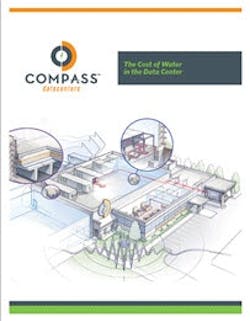As Coleridge made clear, water is essential for survival. In California for example, people are finding new meaning in the phrase, “water, water everywhere and not a drop to drink”. Since data centers hadn’t been invented when he published The Rime of the Ancient Mariner in 1798, he didn’t mention them. But if they had, he certainly would have included them in his epic poem since water is too often a common requirement for their operation. This dependency is an area of consideration that businesses should factor into their plans for upcoming data centers.
A high percentage of today’s data centers use water-based cooling methods to keep them from becoming the equivalent of a Hopi sweatbox in the desert. Although evaporative cooling, whether through traditional towers or “advanced” adiabatic cooling systems (aka swamp coolers), remain highly effective cooling methods, when you’re planning a new data center you may want to consider the impact of the weather and H2O availability on your decision.
An article in USA Today entitled “Drought Condition Spreads Over USA” confirmed what many of us have probably already surmised, water is currently at a premium. In fact, according to the U.S. Drought Monitor, 61% of the 48 contiguous states are in “abnormally dry” or drought conditions. The six major data center markets (NY/NJ, N. Virginia, Chicago, Dallas, San Francisco and Phoenix) all fall within these areas. So what can this mean for a new data center? Depending on the severity of the drought conditions, planning approvals for sites seeking to use water-based methods could be delayed, returned for modification or, in the worst case, turned down. The other potential ramification is use restrictions that escalate water rates. For systems that use millions of gallons per year this can definitely have a detrimental effect on your operational budget.
